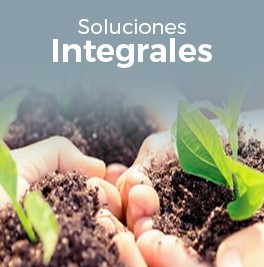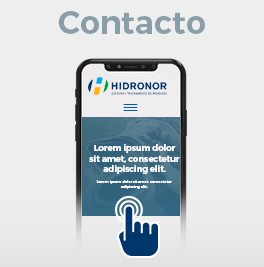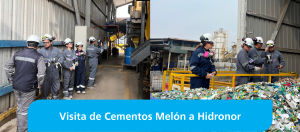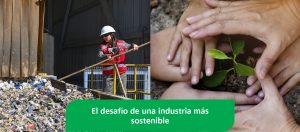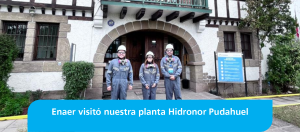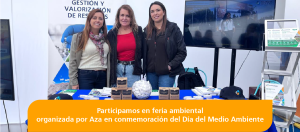Published on January 22, 2018.-
Polychlorinated biphenyls or PCBs (for its English name: Polychlorinated Byphenyl) are a group of synthetic organic compounds formed by two benzene rings joined together, whose substituents can include one or more chlorine atoms. Polychlorinated biphenyls have low flammability, high boiling temperature, and excellent electrical insulation properties. Its consistency can vary from oily liquids to waxy solids and its colors range from light yellow to black. Due to their physical characteristics, PCBs had a great diversity of applications, most of them as thermal and electrical insulators, as well as additives for plastics, paints and other construction materials.
The production of polychlorinated biphenyls was banned in 1979 by the Stockholm Convention on Persistent Organic Compounds, after demonstrating the effects they have on health and the environment. However, due to its great chemical stability it is still possible to find this type of compound in use, mainly as thermal insulators in electrical transformers.
Actualmente la regulación chilena (D.S. 148/2004 MINSAL) considera a los bifenilos policlorados como residuos peligrosos. Además, el mismo reglamento impide la eliminación de estos residuos en rellenos de seguridad, no existiendo una alternativa de tratamiento para estos residuos dentro del territorio nacional.
Hidronor delivers a solution to the disposal of PCBs through the authorized export of these wastes to Europe, which are incinerated in specialized furnaces at high temperatures with gas control and a residence time such that it ensures 99.999% of the elimination that sets international standards for persistent organic compounds, ensuring the care of people and the environment.
Source:http://bit.ly/2vYChVv


